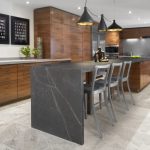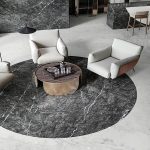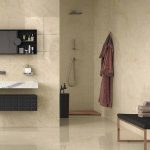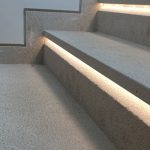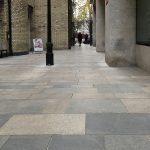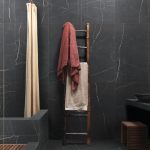Marble Cleaning: How to Look after Domestic and Indoor Marble
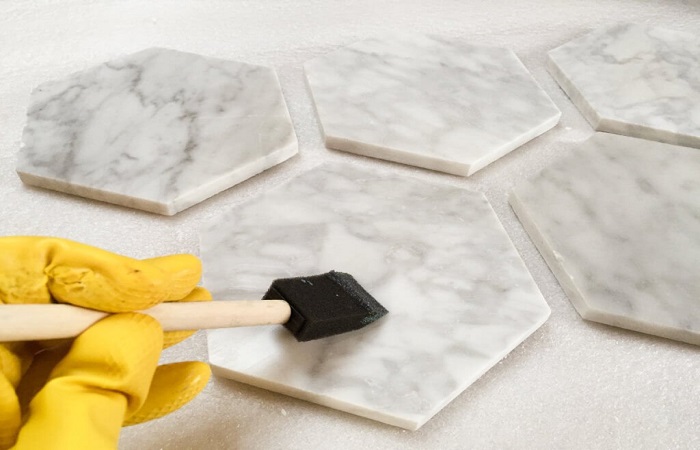
Marble Cleaning: How to Look after Domestic and Indoor Marble
Marble cleaning can be done in many ways. Liquid cleaning and dry cleaning are two suggested ways. Marble floors, walls, and countertops are an investment worth protecting. Use these safeguarding, cleaning, and stain-fighting strategies to preserve marble surfaces’ classic good looks.
Look after Domestic Marble
This article contains information and advice on how to look after domestic and indoor marble. It highlights common problems, tells you what to avoid and provides practical, step-by-step instructions on how to clean and preserve marble and similar materials.
Before You Start
Before you start make sure that you are actually working with marble, as there are many similar materials, e.g. alabaster or painted plaster. If in doubt, do not clean because the materials discussed below are not necessarily appropriate for imitation marble. Examine your piece in good light to establish if there are any potential problems. Look for evidence of a coating and traces of original paint or gilding. If you find any, clean around them without touching them.
Common problems
Marble, like all stone, is both heavy and brittle. When these factors are combined with poor handling or internal weakness, the marble is liable to break. While marble is often perceived as hard wearing and durable, the same properties that make it attractive can also contribute to its vulnerability. Veining, for example, gives a decorative effect but can also be a source of weakness in the stone. Marble can also be damaged if it is exposed to acids and strong alkalis. Lemon juice, vinegar and wine can etch the surface and remove the polish. Repeated exposure may erode the surface still further.
Two Ways to Clean Marble
Once you have ascertained that the object you want to clean is marble, there are two ways you can proceed: liquid cleaning and dry cleaning.
Liquid Cleaning
Solvents – take care!
Apart from distilled water, the solvents mentioned below are all listed on the COSHH (Control of Substances Hazardous to Health) Register. It is very important to read the instructions and hazard labels before you use these.
- Distilled water: available from DIY stores and chemists, used to clean and as a neutral rinse.
- White spirit: good for removing waxes and oily dirt, available from DIY and hardware stores.
- 2% non-ionic detergent: available from chemists.
Liquid Cleaning Instructions
Gloves (plastic or Nitrile, not fabric) should be worn to protect the hands. Work should be carried out in a very well-ventilated area, and the minimum amount of solvent should be used. To ensure safe handling of solvents, decant small quantities for use into glass or ceramic containers – this prevents contaminating your bulk supply. Label small quantities of solvent (use the bulk container as a guide) and store all solvents appropriately (e.g. out of reach of children and away from sources of ignition etc.).
Basic Liquid Cleaning
General grime, nicotine build-up and fingerprints can usually be cleaned from unpainted marble using white spirit, or a mixture of deionized or purified water with up to 2% non-ionic detergent added. For stubborn areas, an equal mixture of water and white spirit with up to 2% non-ionic detergent added may be useful. This will need to be shaken regularly to maintain the mixture as an emulsion. Keep this in a clearly labelled and securely capped container and only use with Nitrile or plastic gloves.
Cleaning with Deionized Water
When cleaning with deionized water use slightly dampened cotton swabs and begin in a small area, renewing the swabs once soiled to avoid driving dirt into the marble instead of removing it. This will also help avoid obtrusive runs and drips that can then be difficult to remove. The degree of porosity of marble is dependent on the condition of the surface. Highly polished marble is comparatively non-porous whilst marble that has weathered or been abraded is more porous.

Detergents Residue
Detergents tend to leave a residue behind on the surface which can increase the rate of resoiling and may affect the surface in other ways in the long term. If you use a detergent in a cleaning mixture, it is important to wipe over the surface thoroughly a second time using swabs slightly dampened with water.
Dry Cleaning
If liquid cleaning is inadvisable, a cleaning material such as groom stick can be used. This is a spongy, natural rubber product that is free from moisture, solvents or chemical additives. Wrap a small amount of groom stick around the end of a bamboo stick and roll it lightly over the surface.
Stained Surfaces
Iron stains, usually a rusty orange color, can be caused by pyrites or by iron objects in contact with the marble in combination with moisture. Pyrites are small crystals of iron sulphide which look like small black spots and create an impurity within the marble. In moist conditions they can corrode and cause small orange, brown or pinkish areas of iron staining. In the past, some sculptors picked the pyrites out and filled the resultant pinhole with wax. This wax can be lost if the marble is cleaned with white spirit.
Final Statement
No matter how carefully you tend marble surfaces, stains are likely occur. Common stains that mar kitchen and bathroom surfaces include oil-based and organic stains. The Marble Institute of America has a handy guide, designed to help you identify and remove these and other types of stains.
To learn more about us, click here.
Send your price quotes directly to our WhatsApp through this Link: https://wa.link/ord5k8
Sources
www.vam.ac.uk/content/articles/c/cleaning-marble/
www.bhg.com/homekeeping/house-cleaning/surface/how-to-clean-marble/
- Back To Articles
- armani grey marble, armany grey, cleaning marble, Domestic and Indoor Marble, Dry Cleaning, grey Armany, How to Look after Domestic and Indoor Marble, Liquid Cleaning, Liquid Cleaning and Dry Cleaning, Look after Domestic Marble, look after indoor marble, marble care, marble maintenance, Pietra Grey Marble, Pietra Grey Marble Tiles, taking care of marble, Two Ways to Clean Marble, ways to clean marble
Article
Natural Stone Applications
- 22 December 2022
Iranian Stones Introduction According to Source and Quarry
- 21 December 2022
Technical Stone Introduction and Quarrying Procedures
- 21 December 2022
Categories
- blog757
- news1
- Specialized articles756

